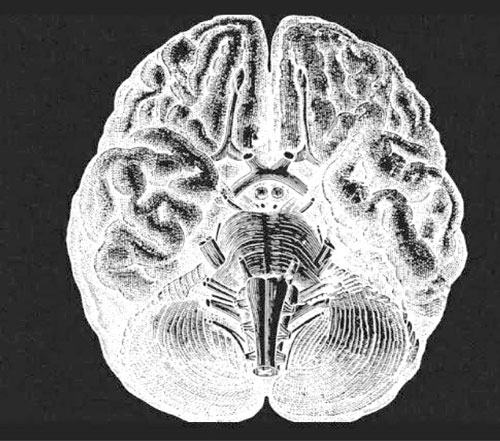A new study looks at the brains of Black women who reported having experiences with racial discrimination. The goal of the study was to determine whether racial discrimination could affect the brain.
After doing MRI scans on the women’s brains, the researchers found changes in their white matter. The researchers believe that these changes can contribute to adverse health outcomes. Experiencing racism can impact both physical and mental health, and with this in mind, researchers from Emory University in Atlanta wanted to find out how this form of discrimination impacts the brain’s microstructures.
The research team utilized MRI scans to assess the brains of Black women who had experienced racism. According to the researchers, this is the first report of associations between this form of discrimination, white matter integrity, and incidence of medical disorders in Black American women. The results of the study appear in Biological Psychiatry: Cognitive Neuroscience and Neuroimaging. Racial discrimination is prevalent in the United States, and about 70% of Black people report experiencing racism on either an occasional or regular basis.
The research team recruited Black women from a county hospital in Atlanta. They required the women to have no current neurological disorders, bipolar disorder, or current alcohol or drug use. The researchers thus recruited a group of 79 participants aged 19–61. More than half of the participants “demonstrated significant economic disadvantage.” With 58% of participants having a monthly household income of $1,000 or less, the majority of participants lived in poverty. Each participant had to complete a trauma assessment called the Traumatic Events Inventory as well as the Experiences of Discrimination Questionnaire.
Once the researchers finished with the questionnaires and health checks, they moved to the next step — scanning the participants’ brains using MRI technology. After the brain scans, the team used the scans to create maps of the brain’s fractional anisotropy. . Fractional anisotropyTrusted Source is “a useful measure of connectivity in the brain,” and it is important in terms of assessing cognitive abilities, such as executive functioning.
While the researchers examined fractional anisotropy in multiple regions of the brain, they found that it was most impacted in the corpus callosum, which connects the left and the right brain hemisphere, and the cingulum bundle, a tract of white matter that connects the frontal, parietal, and temporal lobes.










